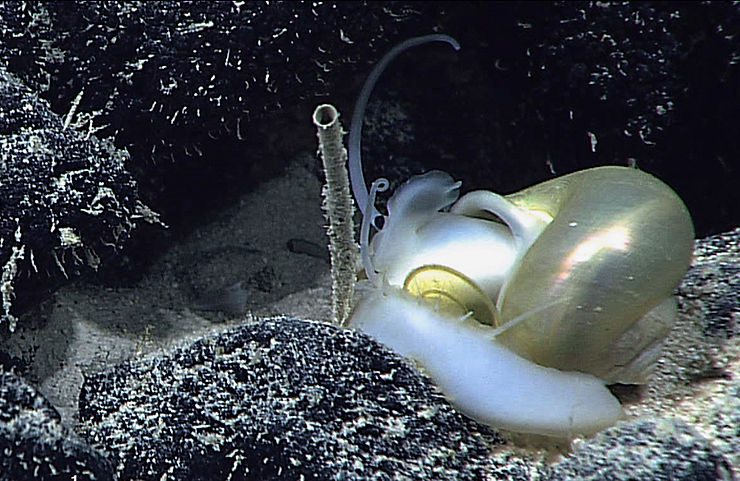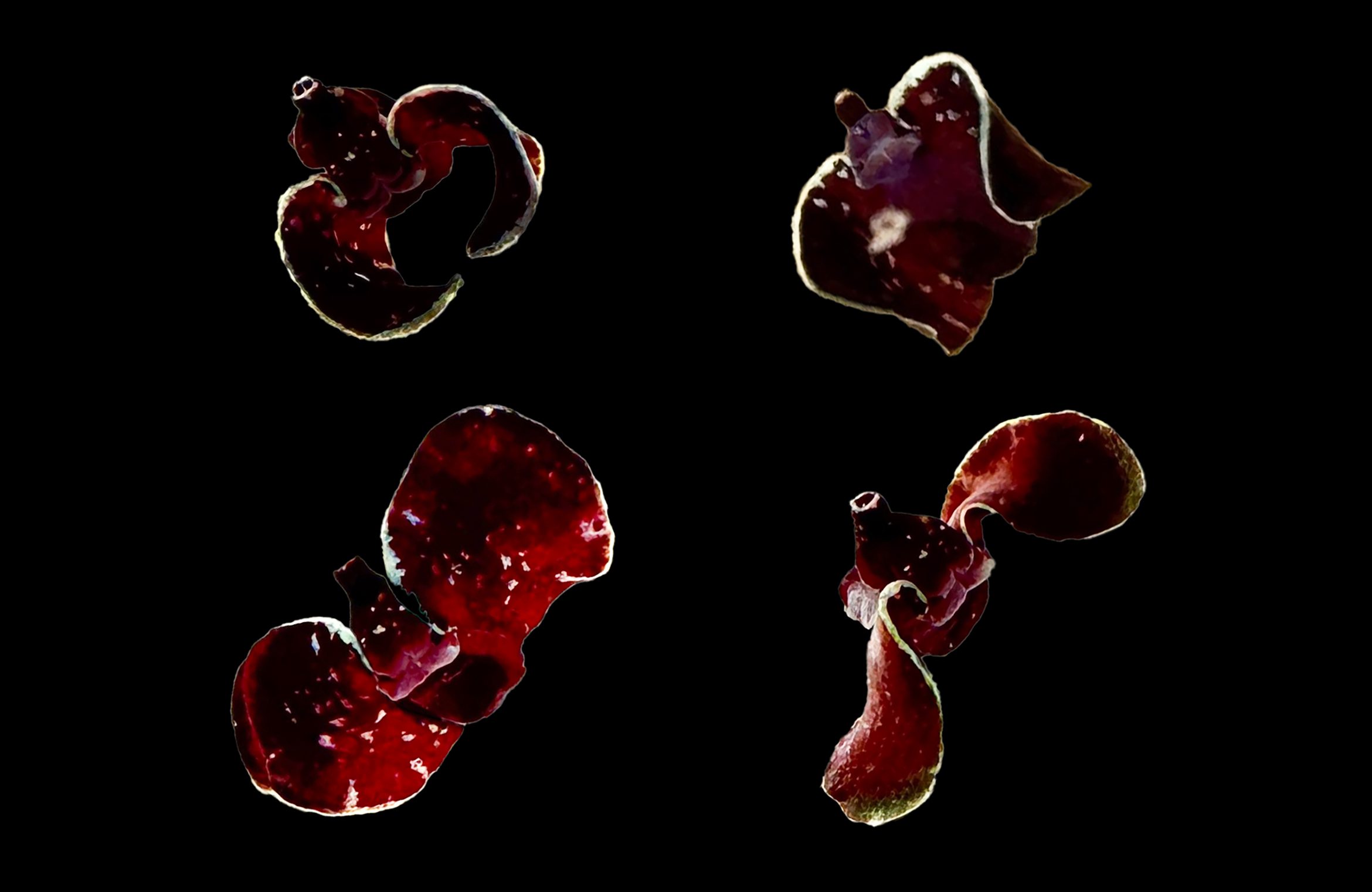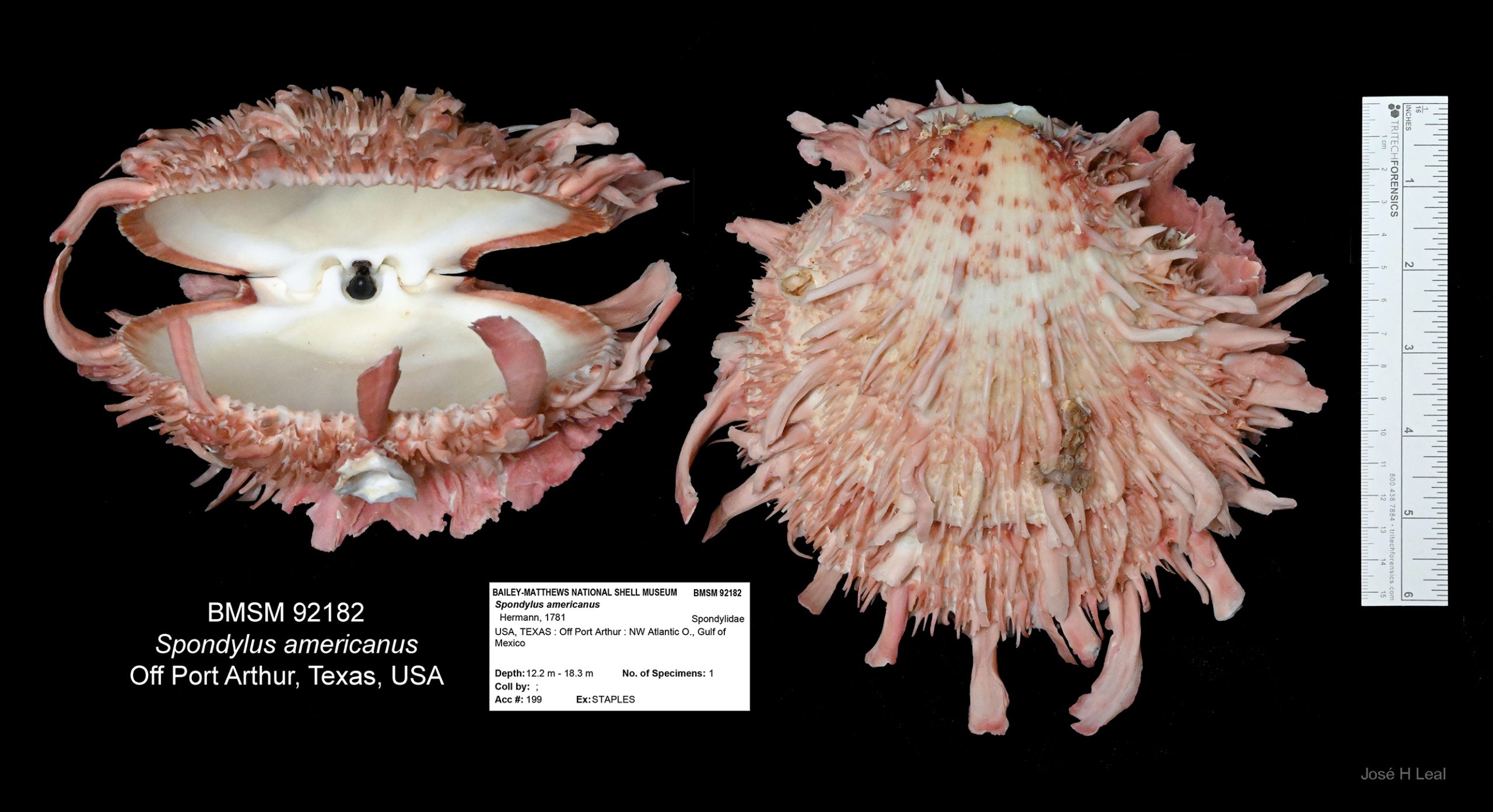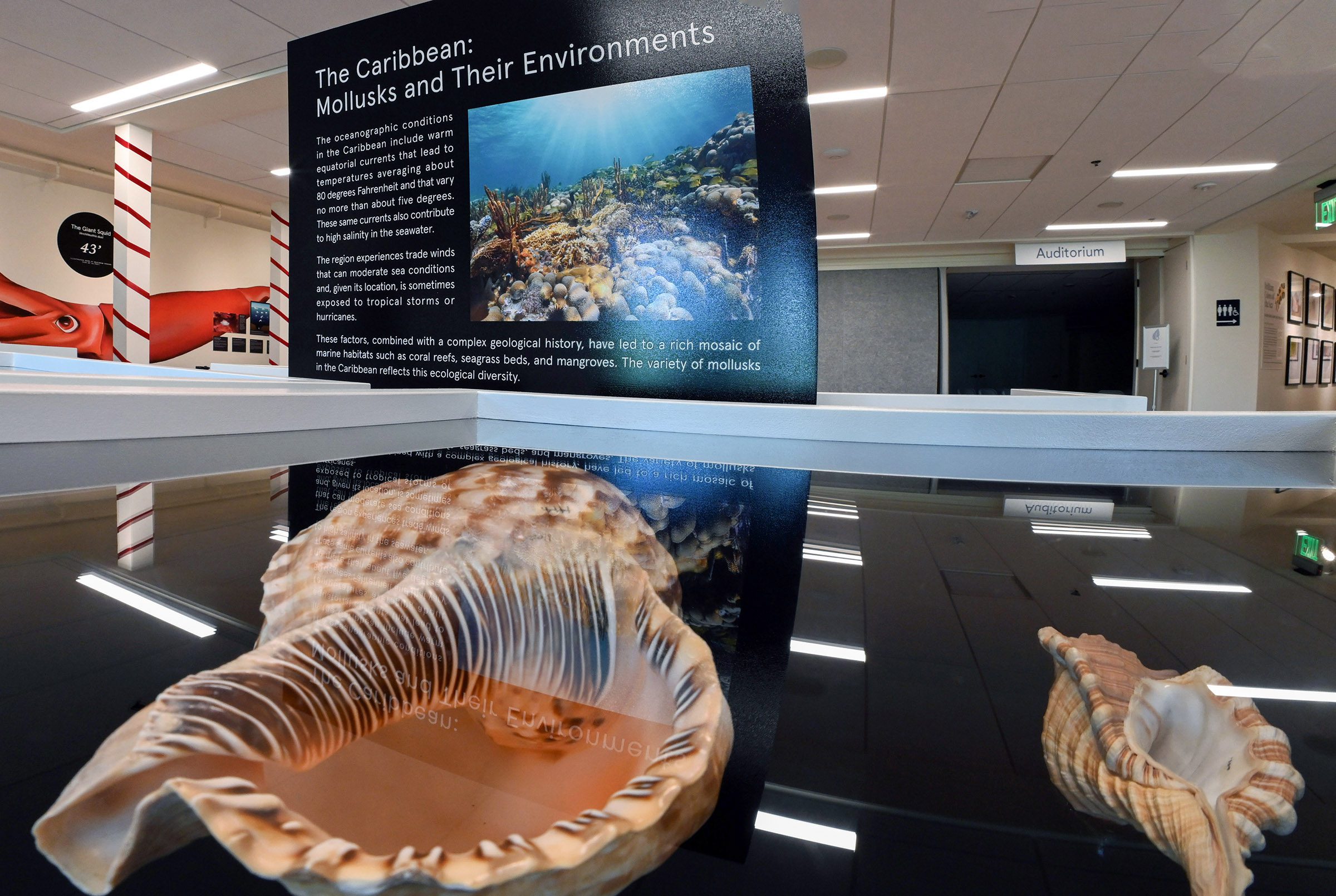Most mollusk species are known only from their shell. But a peek at a beautiful shell can hardly reveal the life habits of the mollusk that made it. Take, for instance, the snail known as Gaza daedala Watson, 1879, a deep-sea species of gastropod from the South and Central Pacific. Reaching about 40 mm (about 1.5 inch), its attractive shell is smooth, iridescent, with delicate pearly hues, resembling the internal layers of abalones, pen shells, and some mussels. The species was named in 1879 by the Scottish malacologist Reverend Robert Boog Watson, as part of his extensive descriptions of mollusks collected by the 1873–1876 H.M.S. Challenger Expedition to survey the world’s oceans. The species has been collected many times over since the original description. But only in 2015 a live video feed from the NOAA remotely operated vehicle Deep Discoverer (also known as D2 ROV) revealed its curious escape behavior. The video shows the snail tumbling on the volcanic-rock bottom, with its long foot extended, in a jerky, quick motion that resembles a small fish swimming, most likely in response to the presence of the D2 ROV. The footage was shot at about 3,000 meters (about 9,840 feet) deep on the inner slope of the 6-km (3.73 miles) wide Maro Crater, part of the Papahanaumokuakea Marine National Monument in the northwestern Hawaiian Islands. The snail’s behavior was described in 2016 in a short note in the Museum’s malacological journal, The Nautilus, and the 4-minute video clip showing the tumbling snail (at 2:43 minutes) may be watched here.
 Gaza daedala, tumbling individual with foot extended. Photo courtesy of NOAA Office of Ocean Exploration and Research.
Gaza daedala, tumbling individual with foot extended. Photo courtesy of NOAA Office of Ocean Exploration and Research.


